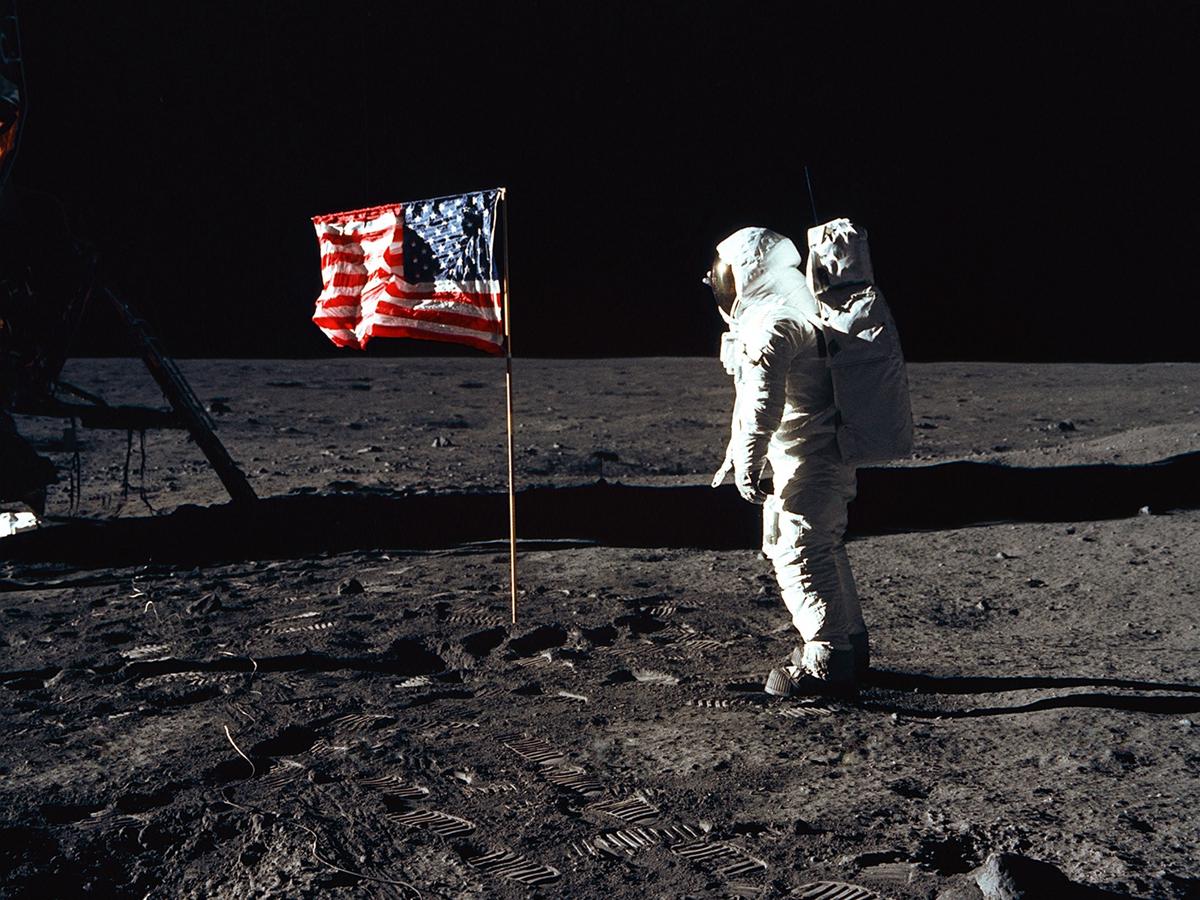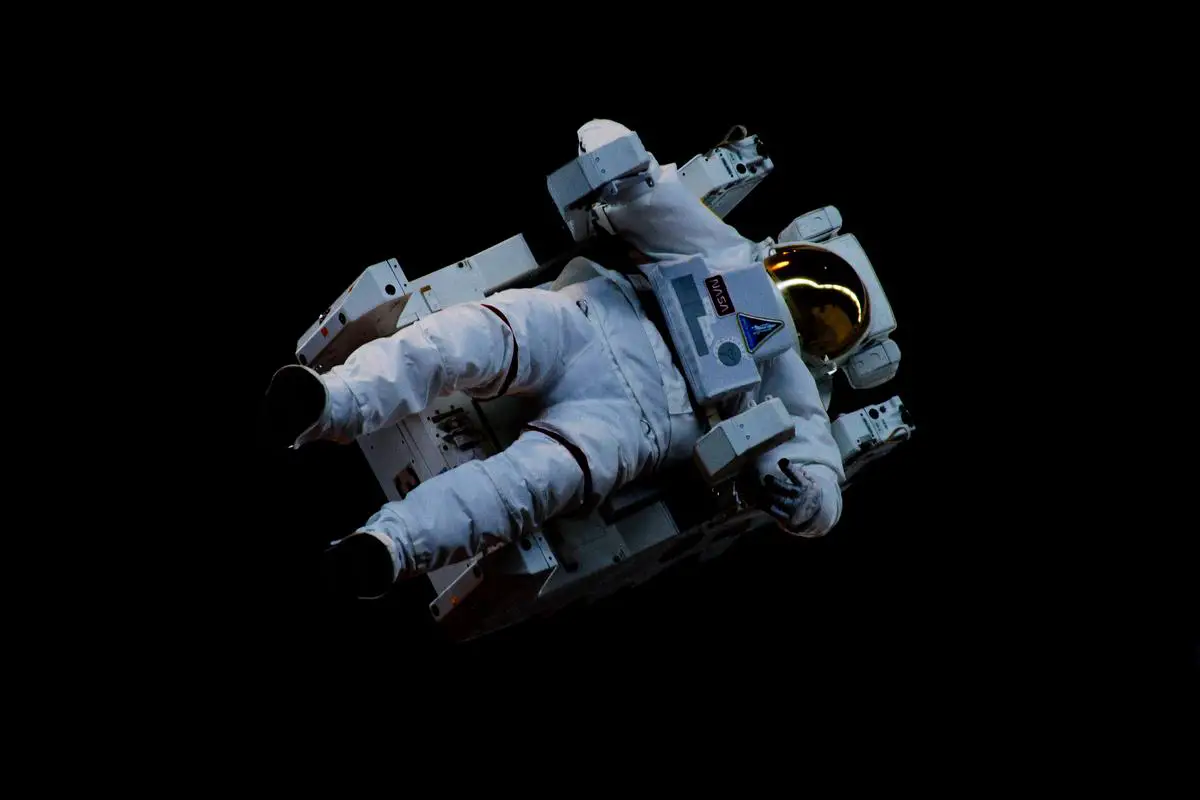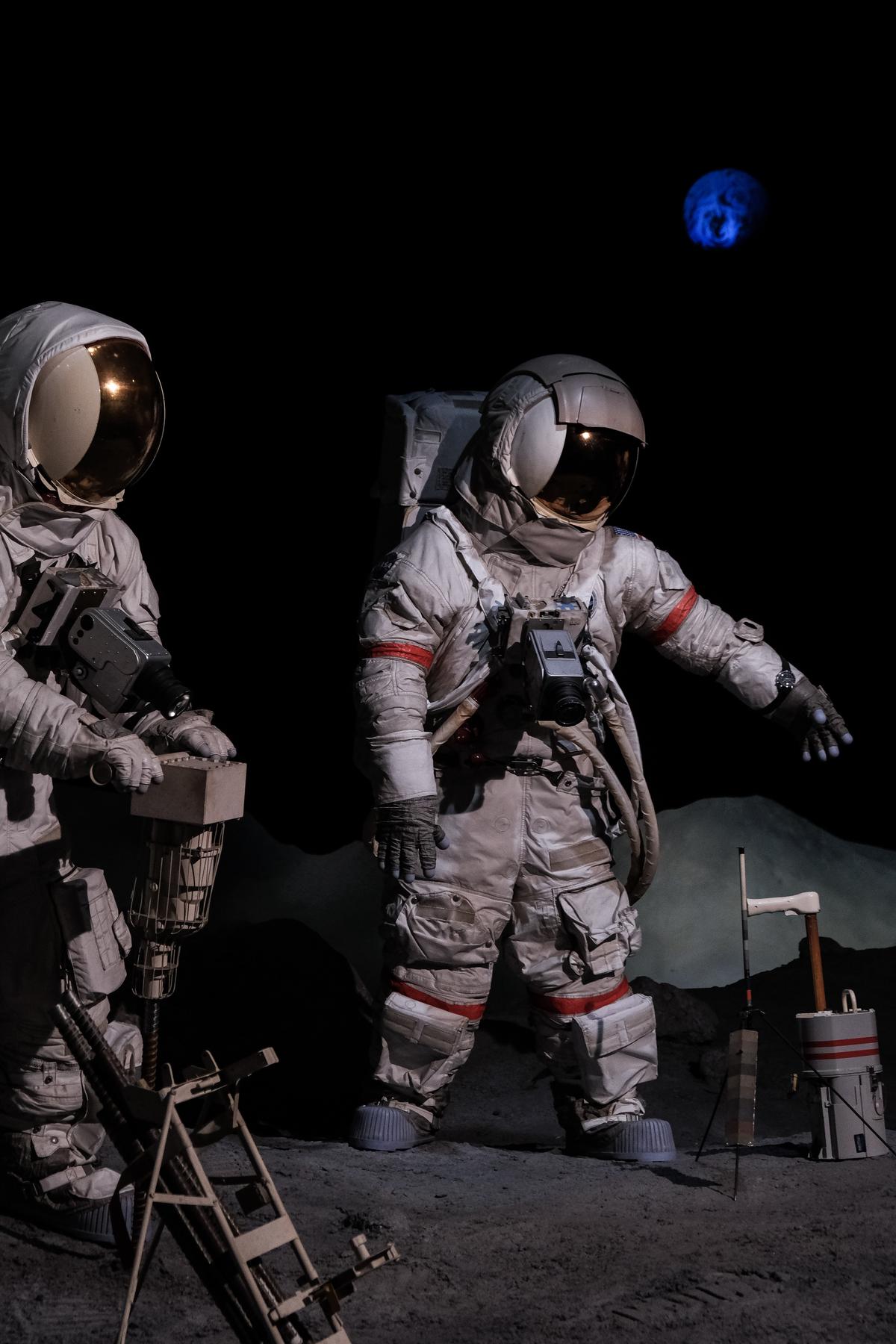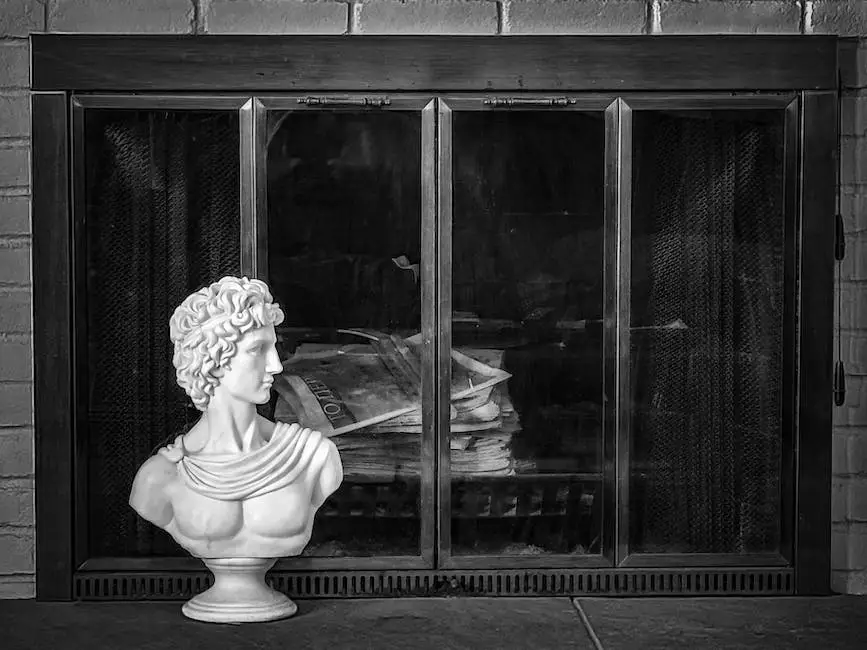Unravelling the mysteries of outer space through exploration has always been a distinctly human pursuit. The Apollo Controversies have caught a significant amount of attention through the years. The Apollo moon missions in the late 1960s and early 1970s, a flagship program of NASA, symbolize this endeavour.
However, this period of space exploration was not devoid of controversies and debates. The public narrative was filled with conjecture, ranging from Moon Landing Hoax theories, poignant tragedies such as the Apollo 1 fire, and health hazards faced by the Apollo astronauts, to the potential political motives underpinning the missions.
While refuting or confirming such controversies necessitates extensive knowledge of various subject matters, it is the intent of our subsequent discussion to shed light on these contentious topics from an informed perspective.
Contents
Moon Landing Hoax Theories
Moon Landing Hoax Theories
Claims Questioning the Moon Landing’s Authenticity
One of the primary claims made by moon landing sceptics is the apparent anomalies in the photographs and video footage made by the Apollo astronauts on the lunar surface. For example, there are claims that the American flags planted by the astronauts appear to be waving, suggesting the presence of wind, which is impossible in the vacuum of space.
Additionally, sceptics point to inconsistencies in the shadows and lighting of the images, believing these discrepancies indicate artificial lighting used on a film set. Removed crosshairs in some photos, the crystal-clear quality of the communications between Earth and the moon, and the supposed ‘leap’ in technological capability needed to reach the moon have also been pointed out as evidence that the landings were faked.
Scientific Responses to Hoax Theories
The scientific community has largely dismissed these hoax theories through detailed explanations and evidence. The waving flag controversy, for instance, is explained by the fact that the flag was crumpled and held out with a horizontal bar, giving it an appearance of fluttering. As the moon has no atmosphere, the flag would not straighten out as it would on Earth, leading to its ‘wavy’ appearance.
As for the shadows and lighting inconsistencies, these can be explained by the properties of lunar dust, wide-angle lens distortion, and the fact that sun is not the only source of light on the moon; reflected light from the Earth and the moon’s surface itself can also create illumination. The technology required for the moon landing, though advanced, was not beyond the reach of 1960s science. The spacecraft and lunar module design, propulsion, and other systems were the result of over a decade of technological advancements spurred by the Cold War competition between the United States and the USSR.
In addition, third-party evidence from organizations, including Japan’s SELENE lunar probe and China’s Chang’e 2 lunar orbiter, have confirmed Apollo mission artifacts left on the moon, such as the descent stages of the lunar modules.
Unravelling the Impact of Conspiracy Theories Within Popular Culture
In spite of the copious amounts of scientific proof, hoaxes surrounding the moon landing persist, weaving themselves into the fabric of pop culture. This tenacity underlines a deep-seated skepticism towards government actions, exposing an ingrained distrust in the authorities pervading in several societies. This scepticism can occasionally evolve into a rejection of the scientific consensus, replaced by a preference for alternative narratives that may not be factually sound.
While healthy scepticism that promotes questioning and verification of power-held claims is integral, it’s equally important to pursue this with respect for science and its methodologies. The Apollo moon landing conspiracy theories serve as a glaring example of the potential consequences when scepticism is devoid of critical thinking and scientific understanding.

Apollo 1 Fire Tragedy
The Tragedy of Apollo 1: A Stark Reminder of Space Exploration Risks
In the early days of 1967, a harrowing accident occurred during the launch pad test for NASA’s Apollo 1 mission, taking the lives of astronauts Roger B. Chaffee, Virgil “Gus” Grissom, and Edward H. White II. Despite Apollo 1 never leaving Earth’s surface, its unfortunate event underlined the extreme risks and dangers intrinsic to space exploration. This tragedy was a stark reminder of the peril astronauts hazard in their daring missions.
Details of the Incident
The crew of Apollo 1 was preparing for a planned launch on February 21, 1967, when disaster struck at Cape Kennedy Air Force Station (now Cape Canaveral Space Force Station). During a pre-flight test known as a “plugs-out” test, a fire sparked inside the spacecraft.
The test places the spacecraft under conditions simulating a real launch, such as a closed spacecraft atmosphere filled with pure oxygen. An electrical fault most likely caused the fire in this pure oxygen environment, and the fire spread rapidly. The astronaut’s hatch, which opened inward, was impossible to open against the internal pressure, leaving Chaffee, Grissom, and White trapped inside. In less than a minute, all three were dead.
Aftermath and Controversy
The incident led to a considerable delay in the moon landing program as NASA paused to figure out what had gone wrong, and how to prevent such a horrific accident from happening again. The organization made significant changes to the Apollo spacecraft design and safety procedures, which eventually led to success with Apollo 11.
However, the disaster did not go without controversy. Many highlighted NASA’s rush to beat the Soviet Union in the space race as a root cause of the tragedy. The pressure to succeed, they argued, had led the organization to ignore safety procedures and warning signs.
Additionally, questions were raised regarding the astronauts’ ability to escape in case of emergencies. The inward-opening hatch design was criticized for not allowing a quick escape and came under heavy scrutiny. It was argued that had the hatch opened outward, the astronauts might have had a chance at survival.
Furthermore, the choice to perform the test in an oxygen environment was also controversial. While it simulated the spacecraft’s environment in space, the high oxygen levels created perfect conditions for fire. Critics argued that this risk should have been foreseen and mitigated.
From Tragedy to Lessons Learned: The Apollo 1 Fire Incident
The unfortunate Apollo 1 fire incident acted as a watershed moment for NASA and the U.S. space program. Notwithstanding its catastrophic nature, the incident created an opportunity to re-evaluate protocols, leading to essential safety enhancements that improved subsequent missions.
However, the incident did not come without controversy, triggering debates about the circumstances leading to such a devastating event. Indeed, while NASA extracted valuable lessons from the mishap, the cost of such knowledge was undeniably significant.

Photo by cullansmith on Unsplash
Health Hazards Faced by Apollo Astronauts
The Hidden Dangers: Health Hazards Faced by Apollo Astronauts
While the Apollo missions stand as pioneering expeditions of human achievement and perseverance, they were not devoid of potential risks, particularly to the health of the astronauts involved. NASA had made extensive efforts to safeguard their astronauts through meticulously crafted spacecraft shields and suits.
Nonetheless, in the face of the inherent and unpredictable risks associated with space exploration, particularly radiation exposure and vision impairment, questions about the adequacy of these protective measures have been a subject of ongoing debate.
Radiation Exposure During Apollo Missions
One of the most controversial health hazards faced by the Apollo astronauts is the higher-than-normal exposure to radiation. Beyond the Earth’s protective magnetic field and atmosphere, the astronauts were subjected to cosmic rays and solar radiation. Despite the protective shielding on the Apollo spacecraft and the astronauts’ suits, they were not completely impervious to radiation.
The controversy centres around the fact that NASA exposed the Apollo astronauts to a higher level of radiation risk than normally allowed for nuclear energy workers on Earth. In recent years, studies have shown that astronauts who flew on the Apollo missions have an elevated risk of cardiovascular disease, presumably due to radiation exposure. This has led to questions about whether NASA underestimated the health risks associated with radiation during the Apollo missions.
Vision Impairment After Apollo Missions
Another significant controversy related to the Apollo missions regards vision impairment. Some astronauts who returned from these missions reported visual impairments, such as blurring and distortion. It is suggested that these may have been linked to exposure to microgravity and possibly radiation as well.
This controversy was sparked due to initial dismissal of astronaut health complaints about their vision. Subsequent to these reports, NASA initiated research into the causes of these vision changes and discovered a condition now known as “Spaceflight Associated Neuro-ocular Syndrome”, or SANS. This condition is characterized by changes in the structure of the eye and optic nerve, and may lead to permanent vision impairment.
NASA’s Response to Health Hazards
NASA, throughout the decades following the Apollo missions, has been addressing the concerns and potential health risks associated with space travel. However, there has been criticism in certain quarters that NASA inadequately addressed these health issues, leading to a negative long-term impact on the affected astronauts’ health.
While undeniable that Apollo astronauts faced higher risks of radiation exposure and potential vision impairment, the long-term health effects of these risks continue to be a topic of active research. Despite the controversy, NASA’s ongoing efforts aim to mitigate these risks for future astronauts, paving the way for longer and farther space explorations.
Introduction to the Controversies Surrounding Apollo Missions
As mankind’s first step beyond the confines of our home planet, the Apollo missions undoubtedly included various risks. The debate and respective controversies concerning these risks, along with their lasting impacts, have significantly contributed to our comprehensive understanding and risk mitigation strategies pertaining to space travel.

Potential Political Motives Behind Apollo Missions
The Interplay Between The Cold War and The Apollo Missions
During the high-tension era of the Cold War, the United States and the Soviet Union were locked in a fierce competition to dominate in technological advancements.
The space race was a crucial part of this contest. President John F. Kennedy boldly proclaimed in 1961, calling for an American to set foot on the Moon before the decade’s end. This not only reflected the nation’s ambitious technological strides but also played a significant part in the geopolitical battle that ensued during the Cold War era.
Critics’ Claims of Ulterior Motives Behind Apollo Missions
Critics of the Apollo missions often assert that the U.S. government had ulterior motives for going to the Moon. They claim that rather than a scientific endeavour, the lunar program was a political gambit to showcase American technological prowess, thereby gaining an upper hand in the Cold War.
These critics point out that a lot of the information and technologies gathered and developed during the Apollo missions had military potential. They argue that by gaining superiority in space technology, the U.S. would enhance its military capacity, thus tilting the scales of power in the Cold War towards America.
Another critique lies in the high costs associated with the Apollo missions. The United States spent an estimated $25 billion on the Apollo program. Critics question whether this was the best use of taxpayer money, given other pressing issues at home like poverty, education, and infrastructure.
Counterpoints to Critics’ Claims
Supporters of the Apollo missions challenge the notion that the program was merely a political-technological show. They contend that the missions had a variety of other benefits that have positively impacted society.
The lunar programs led to numerous technological advancements that have had direct applications in multiple industries, such as telecommunications, computing, and medicine. For instance, the development of integrated circuits, an integral part of today’s digital technology, was significantly fast-tracked due to the needs of the Apollo missions.
Proponents also argue that the Apollo missions inspired generations of Americans, sparking an interest in science and technology. It led to a significant rise in the number of students pursuing science, technology, engineering, and mathematics (STEM) fields, a trend that boosted the U.S.’ science and technology sector.
Lastly, advocates of the Apollo missions defend the program’s costs by pointing out the economic benefits generated. The program created hundreds of thousands of jobs and led to the rise of new industries, contributing to economic growth.
The Ongoing Debate
The controversies surrounding the political motives behind the Apollo missions have continued to shape the discourse on space exploration. While the criticisms raise valid points about the priorities of a government during critical times, proponents present robust counterpoints on the technological, economic, and inspirational benefits of such bold endeavours.
As humanity continues to engage in space exploration, these debates will persist. Ultimately, the Apollo missions serve as a reminder of the profound capability of human innovation when driven by grand ambitions, be they political, scientific, or exploratory.

Photo by joehan330 on Unsplash
Exploring these various aspects of the Apollo missions uncovers a complex fabric, where audacious human achievement is interwoven with each strand of controversy. The Moon Landing Hoax theories, the Apollo 1 tragedy, health challenges faced by the astronauts, and potential political gamesmanship serve as reminders of the multi-dimensional nature of space exploration.
It is evident that nuance and complexity exist even within instances of visceral human achievement. As we continue our journey into the cosmos, it is important to acknowledge and learn from the Apollo missions’ multi-faceted history while pursuing an understanding of our place in the universe.

With a passion for unraveling the mysteries of the moon, Dr. Luna Sterling is a highly-respected astrophysicist, a dedicated lunar enthusiast, and a captivating blogger. After earning her Ph.D. in Astrophysics from the Massachusetts Institute of Technology (MIT), she served as a lead scientist and mission planner for NASA, contributing significantly to various lunar missions.
For over two decades, Luna has been at the forefront of lunar science, pushing boundaries and pioneering discoveries that have enriched our understanding of the moon’s geological history. However, it’s her infectious enthusiasm for all things lunar that truly sets her apart.
In an endeavor to bring the moon closer to everyone, Luna started her blog, “Luna’s Lens: A Closer Look at the Moon.” With this platform, she offers a unique blend of intriguing moon facts, updates on lunar missions, and personal anecdotes from her experiences in the field, all told in an engaging and accessible manner.
Luna’s unique blend of scientific expertise and warm, humorous writing style has transformed complex astrophysics into compelling narratives that captivate her audience. As a gifted communicator, she leverages her knowledge and experience to relate scientific facts to everyday life, thus making her blog a must-read for both seasoned space enthusiasts and curious newcomers.
Interactive and inviting, Luna frequently encourages reader engagement through thought-provoking discussions and a monthly ‘Ask Dr. Luna’ feature, where she personally answers questions about the moon and space exploration. A celestial storyteller at heart, Dr. Luna Sterling’s passion for the moon is as vast as the cosmos she explores, making her an invaluable beacon in the world of lunar science.
